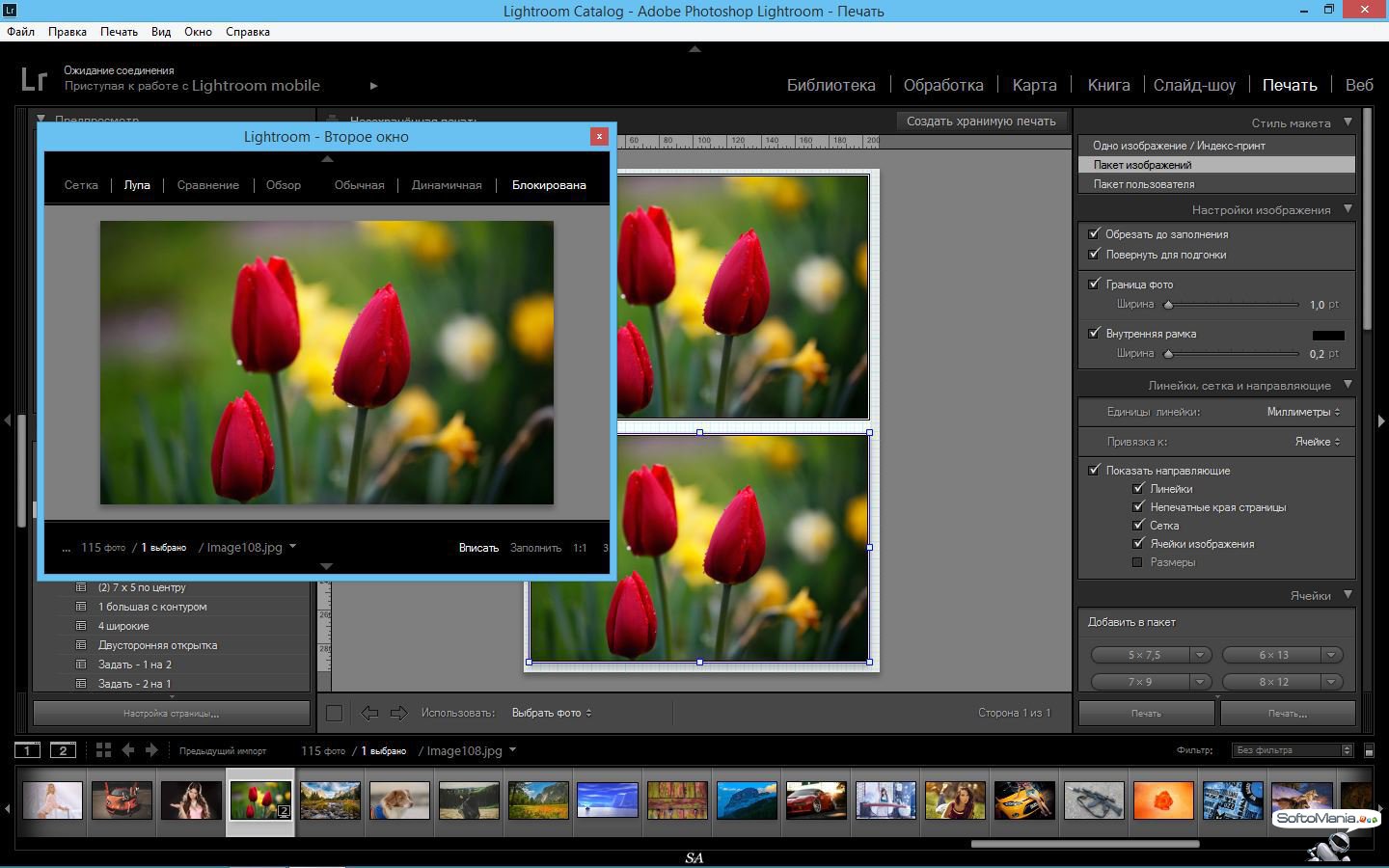

According to Adobe, the People keywords are treated separately under the hood-to help maintain privacy, those keywords are removed before exporting or sharing the photo. However, it turns out Lightroom is doing something basic and clever: people are identified as keywords, so to find photos of someone in my library, all I need to do is a text search for their name. Although it can locate and identify people, you won’t find a People attribute or metadata category when performing a search or creating smart collections.

Initially I was surprised that the feature seems to be (forgive me) skin deep.

Instead of taking that round trip through Photoshop to merge the shots into one, Lightroom CC now includes its own HDR Merge feature. Lightroom 5 offered a way to create HDR (high dynamic range) photos by selecting two or more shots of the same scene captured at different exposures and shuttling them over to Photoshop CC’s HDR Pro module. Speeding up performance doesn’t happen just at the processor level. (Want to see the difference yourself? In Lightroom’s preferences, you can turn off the Use Graphics Processor option in the Performance screen, an option no doubt included in case compatibility issues arise with graphics cards.) Built-in HDR and panorama The former isn’t a race car (it meets the minimum OpenGL 3.3 cutoff for being able to use the GPU), but it’s better than before.

Panning within large images was also an improvement.īut I also saw better performance on a 2010 MacBook Pro containing an NVIDIA GeForce GT 330M GPU, as well as on a late–2013 Retina MacBook Pro with an integrated Intel GPU. For example, scrolling through the Grid (the thumbnail view) of a library containing more than 100,000 photos was a marked improvement over Lightroom 5-scrolling was fairly smooth, and there were only occasional empty thumbnails. As you might expect, the difference on the iMac with 5K Display is dramatic.


 0 kommentar(er)
0 kommentar(er)
